
Teatre Romà: A Glimpse into Byblos' Ancient Past
Experience the grandeur of the Teatre Romà in Byblos, an ancient Roman theater that encapsulates the rich history and culture of Lebanon.
Discover the remarkable Teatre Romà in Byblos, where history comes alive amidst ancient ruins. This Roman theater, dating back to the 2nd century AD, offers visitors a captivating experience, showcasing both the architectural grandeur and the rich cultural heritage of Lebanon. With its stunning backdrop and rich history, it is an essential stop for any traveler exploring this historical coastal city.
A brief summary to Teatre romà
- 4J9V+PXF, Byblos, LB
- +9619546888
- Monday 8 am-6 pm
- Tuesday 8 am-6 pm
- Wednesday 8 am-6 pm
- Thursday 8 am-6 pm
- Friday 8 am-6 pm
- Saturday 8 am-6 pm
- Sunday 8 am-6 pm
Local tips
- Visit early in the morning to enjoy cooler temperatures and fewer crowds.
- Bring a camera to capture the stunning views of the theater and surrounding landscapes.
- Check for any local performances or events that may be taking place during your visit.
- Wear comfortable shoes as you'll be exploring uneven terrain around the ruins.
- Consider hiring a local guide for a more in-depth understanding of the theater's history.
Getting There
-
Walking
If you are starting from Byblos Old Souk, head north on the main street until you reach the crossroads at the entrance of the souk. Continue straight on the main path, which will lead you through the charming shops and cafés of the old town. After about 10 minutes, you will see the entrance to the ancient ruins on your left. Follow the signs for the archaeological site, and you will find Teatre romà located within these ruins.
-
Walking
From Byblos Marina, walk towards the old city by heading east along the waterfront. Continue straight until you reach the old castle (Byblos Castle). Go through the castle entrance and continue towards the main archaeological site, which should be directly ahead. Teatre romà is situated within the archaeological area, a short walk from the castle.
-
Walking
Starting from the Byblos Public Beach, walk towards the main road (Byblos – Tripoli Road). Turn right and continue walking until you reach the old town. Once you enter the old town, follow the directional signs towards the archaeological site. Teatre romà will be within the site, and you should be able to see it as you approach.
Discover more about Teatre romà
Iconic landmarks you can’t miss
Columns from Temple of Astarte (Venus)
0.1 km
Explore the majestic Columns from the Temple of Astarte in Byblos and dive into the rich history of one of the world's oldest cities.
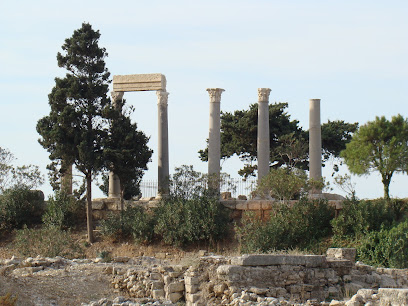
Hellenistic city wall
0.1 km
Explore the majestic Hellenistic city wall in Byblos, an iconic landmark blending ancient history with breathtaking coastal views.
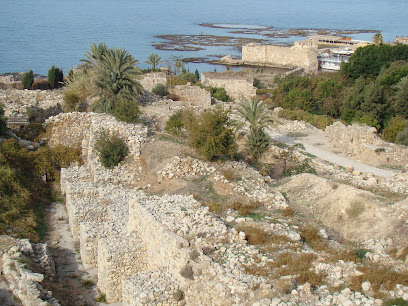
Royal Palace
0.1 km
Explore the Royal Palace in Byblos, a historical landmark that embodies Lebanon's rich heritage and offers stunning Mediterranean views.
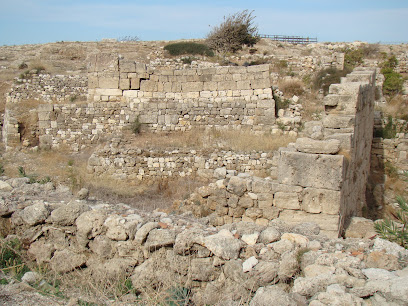
Memoire du temps - Pierre Abi Saad
0.2 km
Explore the depth of history at Memoire du Temps, Byblos' premier archaeological museum showcasing ancient artifacts and the richness of Lebanon's heritage.

Feniqia
0.2 km
Experience the rich flavors of Lebanon at Feniqia, a premier Lebanese restaurant in the historic city of Byblos, perfect for culinary enthusiasts.
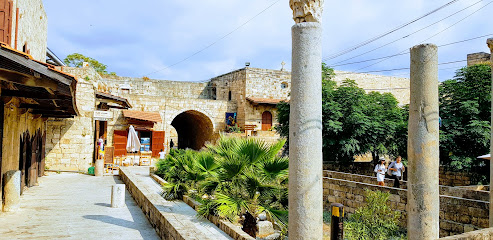
Phoenician workshop
0.2 km
Discover the rich heritage of the Phoenicians at the historical Phoenician Workshop in Byblos, where artistry and history come to life.

Resheph (Obelisk) temple
0.2 km
Discover the ancient wonders of the Resheph Temple in Byblos, a historical landmark that echoes the stories of Lebanon's rich past.
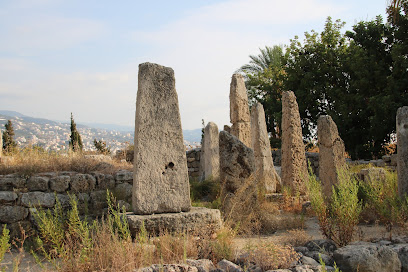
Locanda A La Granda
0.2 km
Experience authentic Lebanese cuisine at Locanda A La Granda, a culinary gem in Byblos, offering a unique dining experience steeped in tradition and flavor.
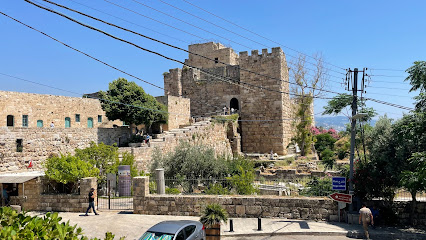
Ashtar - Jazz Bar
0.3 km
Experience the best of jazz in Byblos at Ashtar Jazz Bar, where music and culture blend to create an unforgettable atmosphere.

CISH-UNESCO Byblos - International Center for Human Sciences
0.3 km
Explore CISH-UNESCO Byblos: A Cultural Hub in the Heart of Ancient Byblos, Bridging Past and Present.
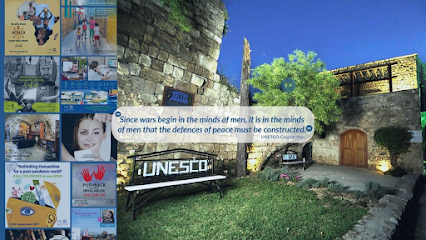
Beit Faris wa Lucia
0.3 km
Discover the charm of Byblos with a stay at Beit Faris wa Lucia, where traditional hospitality meets modern comfort in a stunning location.
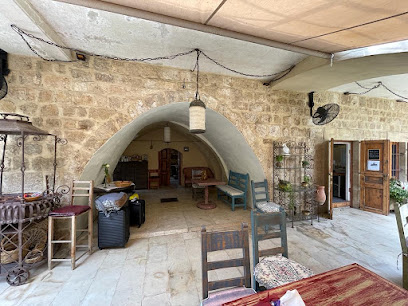
Antoine Saliba World of Jewelry
0.4 km
Explore exquisite handcrafted jewelry at Antoine Saliba World of Jewelry in Byblos, where artistry meets tradition in every unique piece.
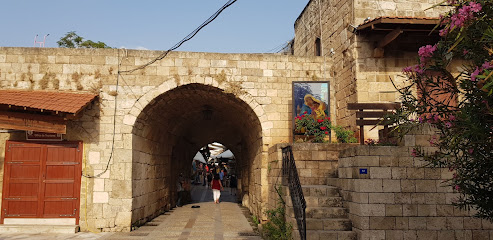
Medieval City Walls
0.4 km
Discover the Medieval City Walls of Byblos, a UNESCO site that narrates the story of one of the world's oldest cities with stunning views and rich history.
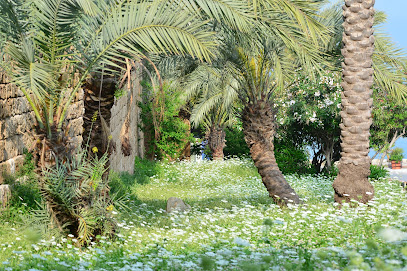
Vero Museum
0.4 km
Explore the rich cultural heritage of Lebanon at Vero Museum in Byblos, where art and history come together in a captivating experience.
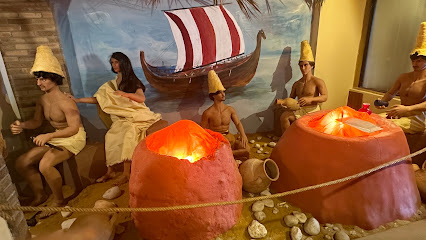
Le Phenix De Byblos
0.4 km
Experience the beauty of Le Phenix De Byblos, a stunning beach pavilion on the Mediterranean coast, where history and relaxation meet.
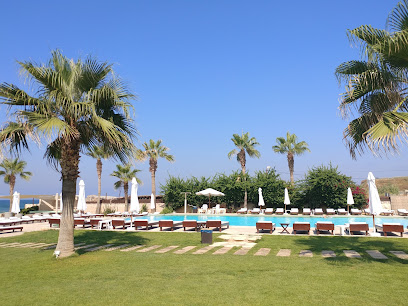
Unmissable attractions to see
Baalat Gebal Temple
0.1 km
Discover the ancient Baalat Gebal Temple in Byblos, a historical landmark rich in Phoenician culture and breathtaking coastal views.
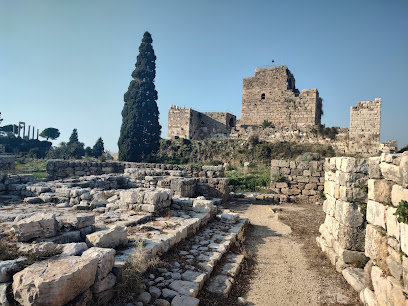
Ancient Byblos
0.1 km
Explore Ancient Byblos: A captivating blend of history, culture, and stunning Mediterranean views in one of the world's oldest cities.
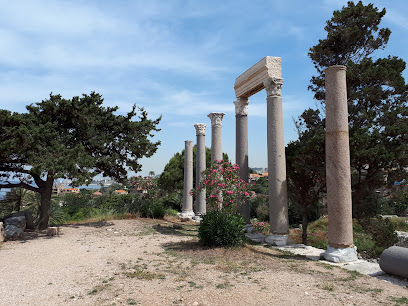
Byblos Citadel
0.2 km
Explore the historic Byblos Citadel – a mesmerizing blend of ancient architecture and breathtaking Mediterranean views in Lebanon.
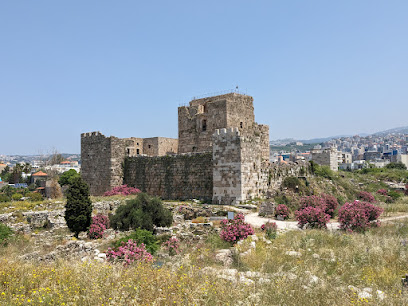
El (L Shaped) Temple
0.2 km
Explore El (L Shaped) Temple in Byblos, a historical landmark revealing the ancient world's architectural beauty and rich cultural heritage.
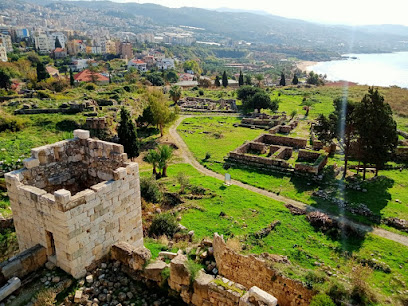
Memory Of Time
0.2 km
Discover the ancient wonders of Byblos at the Memory of Time, a museum that brings history to life in this stunning coastal city.
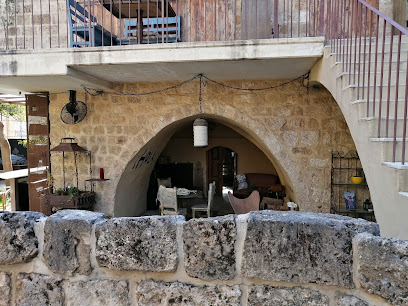
Phoenician City Gate
0.2 km
Explore the Phoenician City Gate in Byblos, a stunning historical landmark showcasing ancient architecture and rich cultural heritage.
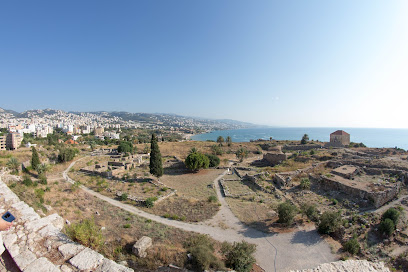
Jbeil Marina
0.2 km
Discover the charm of Jbeil Marina, where stunning views, rich history, and thrilling water activities await in Byblos, Lebanon.
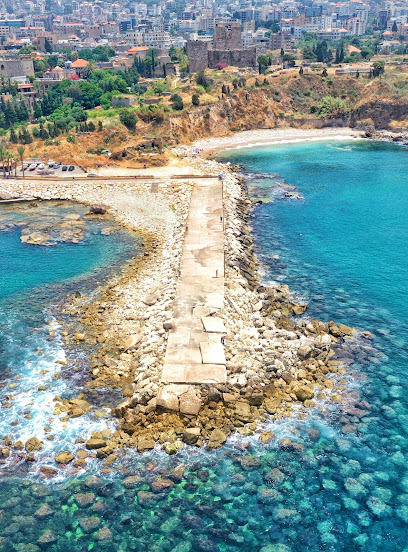
Sultan Abdul Majid Mosque
0.2 km
Discover the stunning Sultan Abdul Majid Mosque, a serene haven of beauty and history in Byblos, Lebanon, showcasing exquisite Islamic architecture.
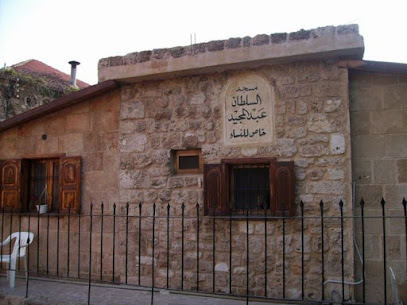
UNESCO Square
0.2 km
Explore UNESCO Square in Byblos, a historic hub that showcases the rich cultural heritage and vibrant life of this ancient city.
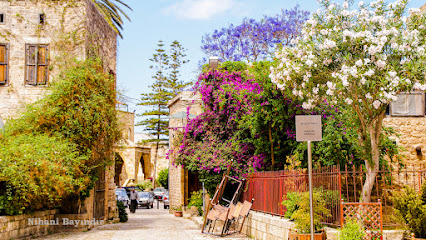
Saint John Marc Church - كاتدرائية مار يوحنا مرقس
0.3 km
Explore the captivating Saint John Marc Church in Byblos, a magnificent Catholic cathedral showcasing rich history and stunning architecture.
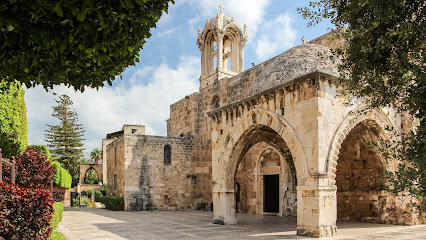
Byblos Wax Museum
0.3 km
Explore the Byblos Wax Museum, where history comes to life through exquisite wax figures in the enchanting city of Byblos, Lebanon.
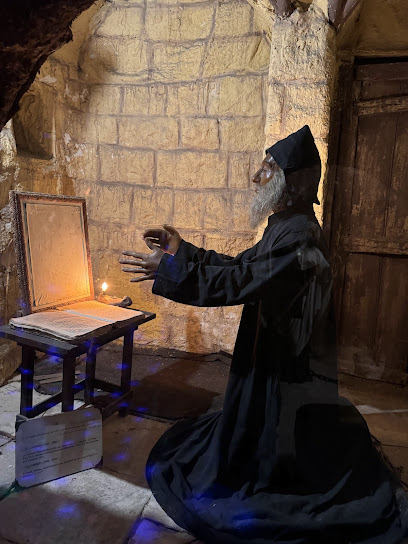
Vero Scultura
0.3 km
Explore the rich artistic heritage of Byblos at Vero Scultura, a museum featuring stunning sculptures and a serene atmosphere for art enthusiasts.
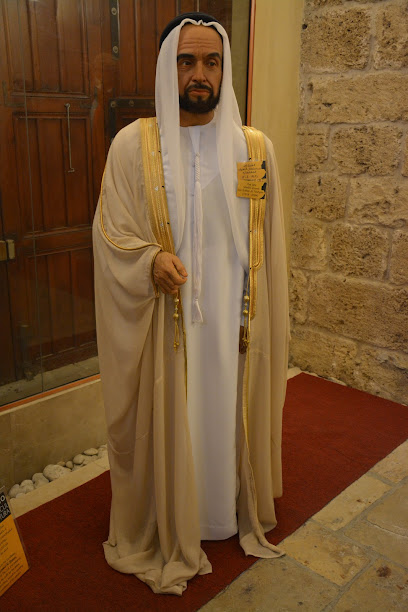
Byblos Dock And Fishing Port
0.3 km
Discover Byblos Dock and Fishing Port - a vibrant hub of maritime culture where history meets the Mediterranean sea.
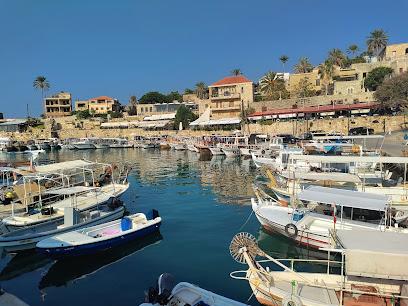
The Old Souq
0.3 km
Explore The Old Souq in Byblos, a vibrant market filled with local crafts, delicious cuisine, and rich Lebanese culture.
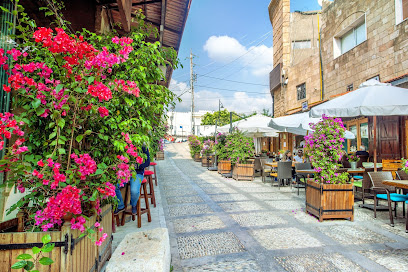
Byblos Sea Castle
0.3 km
Discover the majestic Byblos Sea Castle, a stunning fortress that encapsulates Lebanon's rich history and breathtaking Mediterranean views.
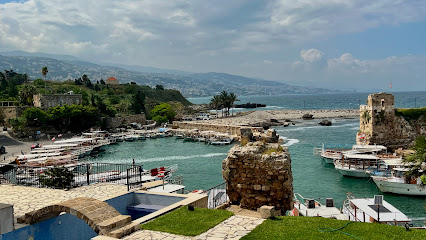
Essential places to dine
Hacienda de Pepe
0.2 km
Experience authentic Lebanese cuisine at Hacienda de Pepe in Byblos – where tradition meets taste against stunning coastal views.

Malena
0.2 km
Discover authentic Lebanese cuisine at Malena in Byblos – a culinary delight that blends tradition with taste.
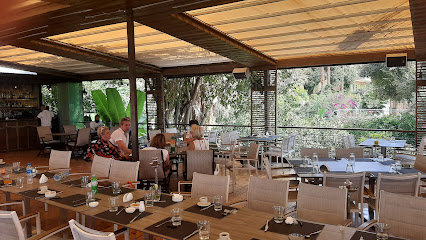
Eddé Yard
0.2 km
Discover Eddé Yard in Byblos - where authentic Lebanese flavors meet breathtaking Mediterranean views.
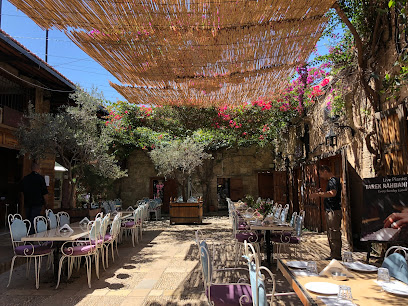
Old Patio
0.2 km
Experience authentic Lebanese cuisine at Old Patio in Byblos—a perfect blend of tradition and flavor in a historic setting.
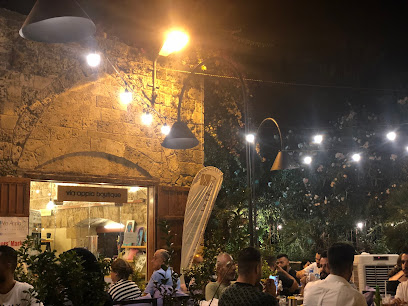
Adonai Le Petit Libanais
0.3 km
Experience authentic Lebanese flavors at Adonai Le Petit Libanais in Byblos - where tradition meets taste.
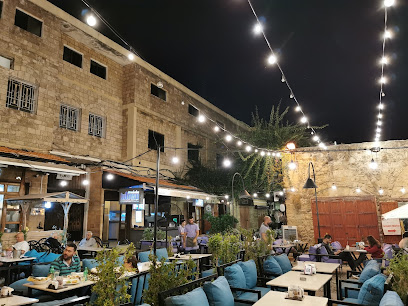
Chez Pépé
0.3 km
Experience the essence of Lebanese gastronomy at Chez Pépé in Byblos – where every dish tells a story.

BarItalia Kitchen & Bar
0.3 km
Experience authentic Italian cuisine in the heart of Byblos at BarItalia Kitchen & Bar - where every meal is a celebration.
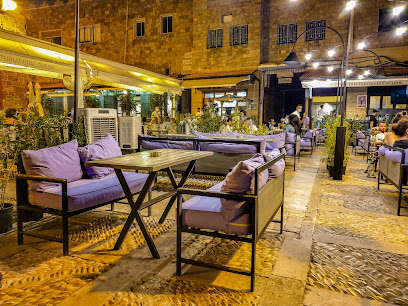
Brouhaha Intown
0.3 km
Discover the flavors of Lebanon at Brouhaha Intown, where traditional cuisine meets modern dining in beautiful Byblos.
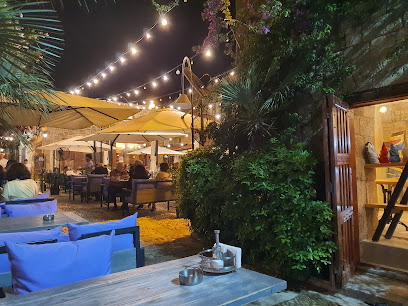
Beit Nazha
0.3 km
Savor authentic Lebanese cuisine at Beit Nazha in Byblos—where tradition meets flavor in every dish.
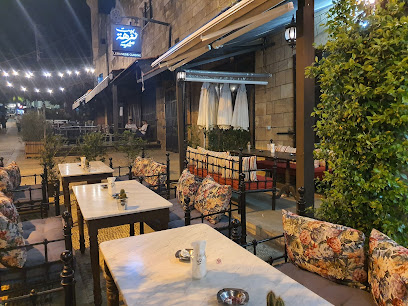
Bab el Mina
0.3 km
Experience authentic Lebanese cuisine at Bab el Mina in Mina Jbeil - where tradition meets taste with stunning Mediterranean views.
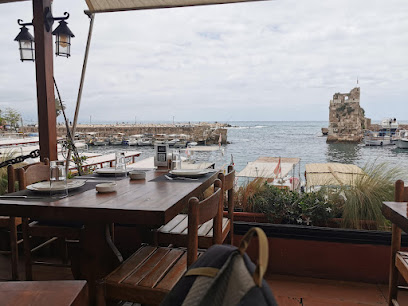
Garden By La storia
0.3 km
Experience authentic Italian cuisine at Garden By La Storia in Byblos' Old Souk—where culinary excellence meets enchanting ambiance.
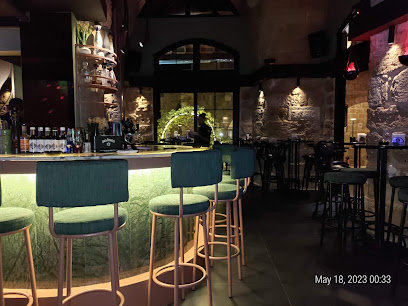
é baladi
0.3 km
Savor the essence of Lebanon at é baladi in Byblos' historic Old Souk - where tradition meets taste.
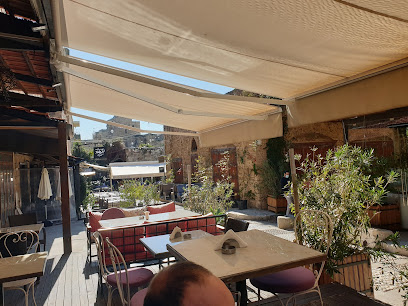
Sultan almina
0.3 km
Experience authentic Lebanese flavors at Sultan Almina in Byblos – where every dish tells a story amidst stunning port views.
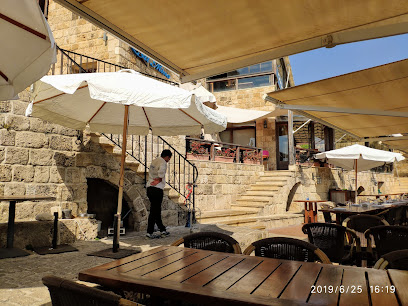
Khan Jbeil
0.4 km
Experience authentic Lebanese flavors at Khan Jbeil in Byblos – where tradition meets taste in an enchanting setting.

Big Jockey
0.4 km
Experience authentic Lebanese flavors at Big Jockey in Byblos – where every meal tells a story!
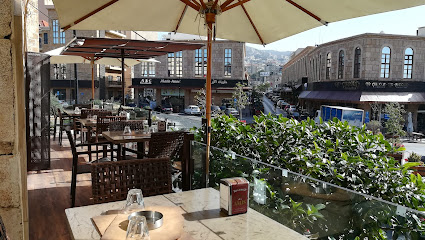
Markets, malls and hidden boutiques
Byblos accessories
0.2 km
Explore Byblos Accessories for exquisite handcrafted jewelry that beautifully reflects Lebanese culture and craftsmanship.
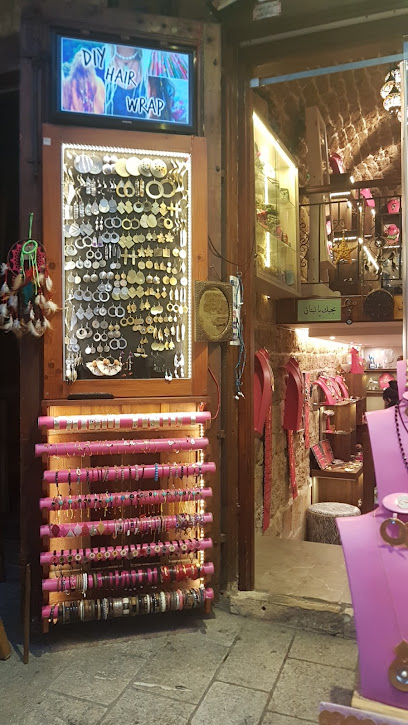
Afkar & Hiraf Shop
0.2 km
Explore Afkar & Hiraf Shop in Jbeil's old souk for unique Lebanese souvenirs and a taste of local culture.

Mouftah El Chark
0.3 km
Discover unique Lebanese crafts and souvenirs at Mouftah El Chark, a charming gift shop in the historic Old Souk of Byblos.

Alice Eddé
0.3 km
Explore Alice Eddé Gift Shop in Edde, Lebanon, for unique souvenirs and handcrafted treasures that capture the essence of Lebanese culture.
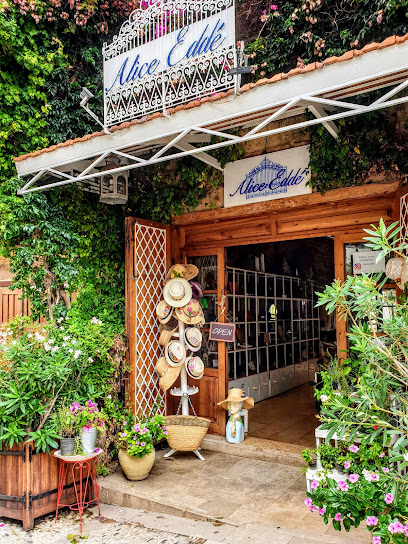
JOFOUNDIT
0.3 km
Explore JOFOUNDIT in Byblos for unique handcrafted souvenirs that embody the rich culture of Lebanon, nestled in the historic Old Souk.
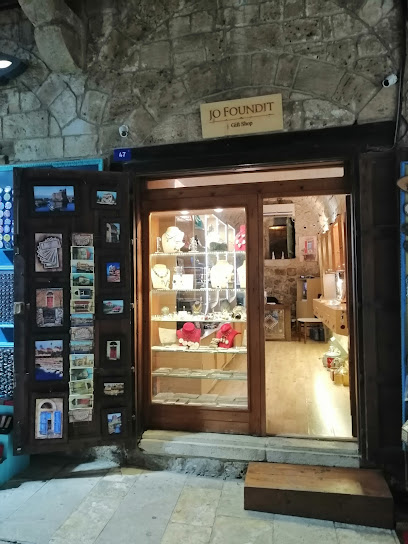
Accessorize
0.3 km
Explore Accessorize in Byblos - A unique gift shop offering a collection of accessories and souvenirs that reflect Lebanon's vibrant culture.
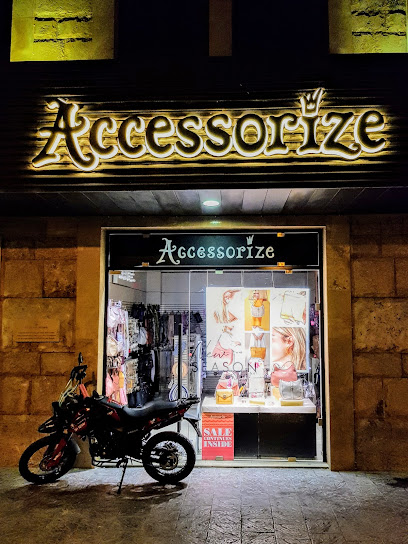
Bella Casa Plus
0.4 km
Explore the charm of Byblos at Bella Casa Plus, your go-to destination for unique souvenirs and local crafts in Lebanon.
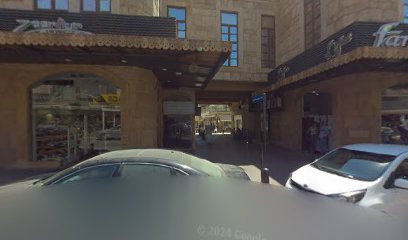
Lebanon Concept Store
0.4 km
Discover the heart of Lebanese culture with unique crafts and artisanal treasures at Lebanon Concept Store in Byblos.
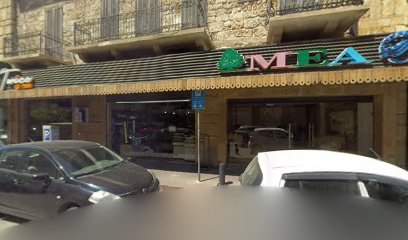
Dona's Boutique
0.4 km
Discover unique fashion at Dona's Boutique in Byblos, where local artistry meets contemporary style in a charming shopping experience.

The Discount Shop - Byblos
0.4 km
Explore unique fashion at The Discount Shop in Byblos, where style meets affordability in the heart of an ancient city.
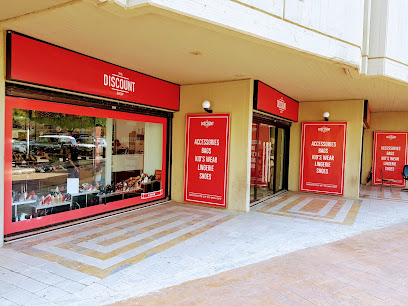
Evaï Byblos
0.4 km
Explore a unique blend of contemporary and traditional fashion in the historic city of Byblos at Evaï Byblos.
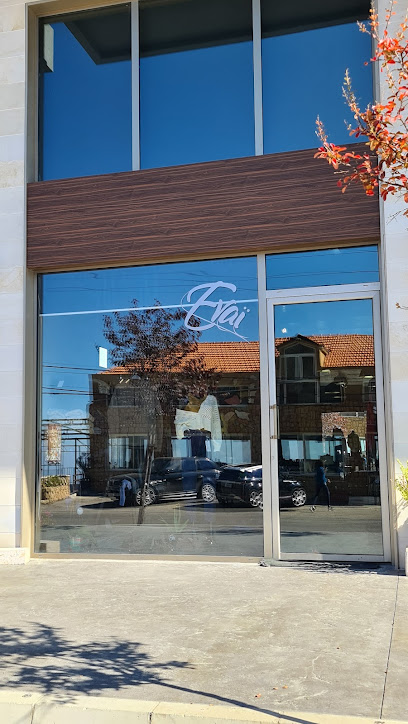
La Reine-Jbeil
0.5 km
Discover unique fashion at La Reine-Jbeil in Byblos, where local craftsmanship meets contemporary style, perfect for every traveler.
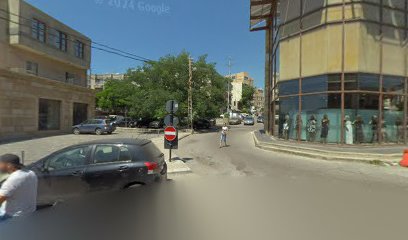
Avec plaisir
0.5 km
Uncover the charm of Lebanese fashion at Avec Plaisir, a unique accessory store in the historic city of Byblos.
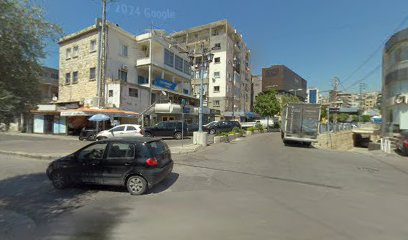
Wow Surprise Jbeil
0.6 km
Explore the charm of Byblos at Wow Surprise Jbeil, your destination for unique souvenirs and authentic Lebanese crafts.

اراكيل الباش
0.6 km
Experience the authentic taste of Lebanon at Aarakil Al-Bash, a premier tobacco shop in historic Byblos, offering quality products and local charm.

Essential bars & hidden hideouts
Absent Pub
0.2 km
Experience the cozy ambiance of Absent Pub in Byblos, where delightful drinks meet warm hospitality in a charming setting.

ZOI Bar & Lounge
0.2 km
Discover the lively ZOI Bar & Lounge in Byblos, where expertly crafted cocktails and a vibrant atmosphere await you for an unforgettable night out.

Joanna Cocktail Bar
0.2 km
Discover Joanna Cocktail Bar in Byblos, where vibrant nightlife meets expertly crafted cocktails in a stylish setting.
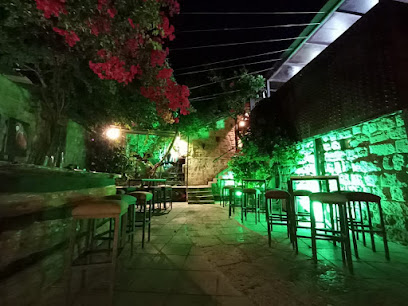
Old Pub, Cafe & Pub
0.2 km
Experience the rich flavors of Byblos at Old Pub, Cafe & Pub, where local wines and craft beers meet a cozy ambiance.

Frolic, pub & cafe
0.2 km
Discover the vibrant atmosphere of Frolic in Byblos, where delightful food and local drinks meet the charm of an ancient souk.
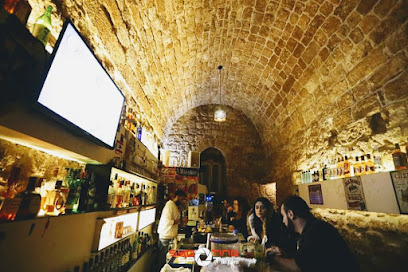
Bougainvillea Bar
0.2 km
Experience the vibrant atmosphere of Bougainvillea Bar in Byblos, where refreshing drinks and local culture come together in a stunning coastal setting.

Bernis beer
0.3 km
Discover Bernis Beer in Byblos, where local charm meets refreshing brews in a vibrant bar atmosphere.

Moreliabar
0.3 km
Experience the vibrant atmosphere of Moreliabar in Byblos, where delicious Mexican cuisine meets lively nightlife in a historic setting.
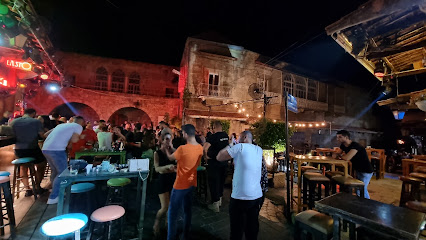
Vault pub
0.3 km
Experience the lively atmosphere of Vault Pub in Byblos - a perfect blend of local charm and vibrant nightlife awaits in the Old Souk.

Cueva Byblos
0.3 km
Experience the vibrant nightlife of Byblos at Cueva Byblos, a charming bar offering exquisite drinks and a delightful atmosphere.
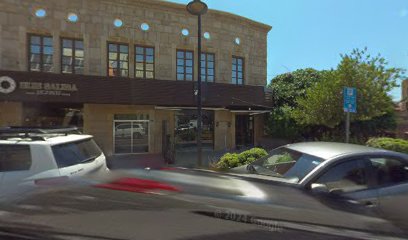
B On Top
0.3 km
Discover the vibrant nightlife at B On Top, a premier bar in Byblos offering stunning views and exquisite drinks amidst historic charm.

Tino's Pub
0.4 km
Tino's Pub in Byblos is the ultimate karaoke destination, blending vibrant nightlife with Mediterranean charm for an unforgettable evening.
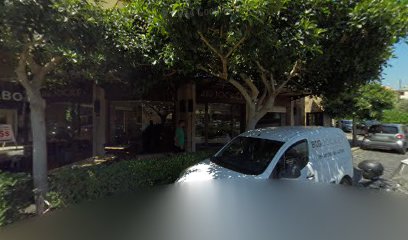
El Molino Sunset Bar and Lounge
0.4 km
Experience stunning sunsets and a vibrant atmosphere at El Molino Sunset Bar and Lounge in Byblos, your perfect seaside escape.
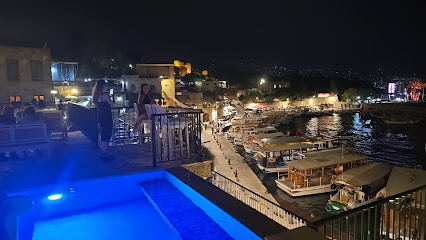
Aleph Rooftop
0.4 km
Experience breathtaking views and vibrant nightlife at Aleph Rooftop, the ultimate lounge in Byblos, Lebanon.
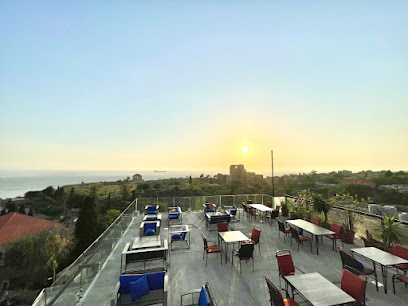
Le bistro de byblos
0.4 km
Discover the vibrant nightlife of Byblos at Le Bistro de Byblos, where tradition meets modern pub culture in a lively atmosphere.




